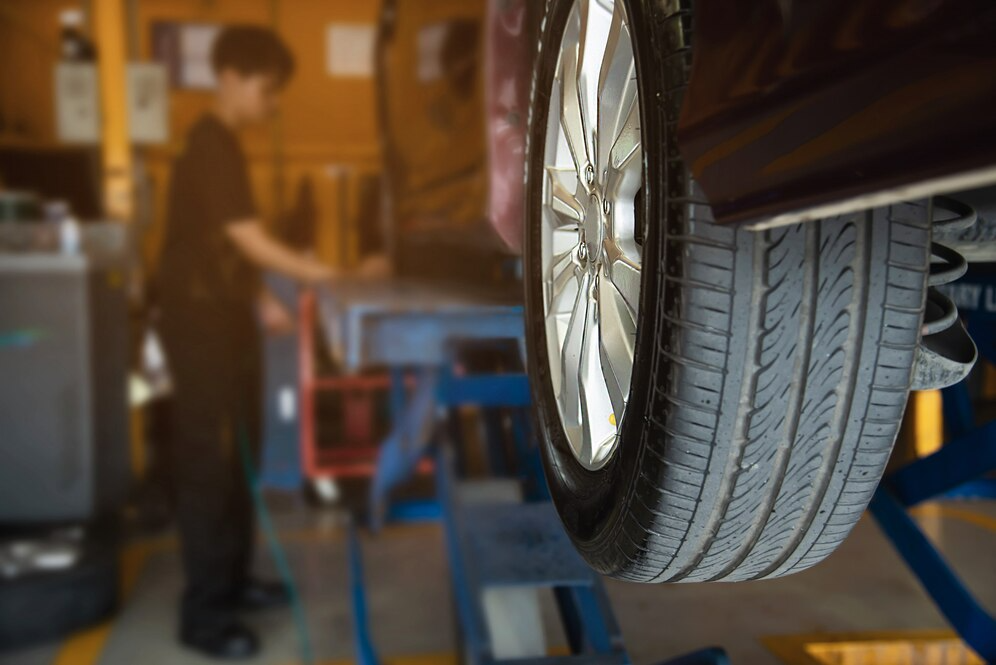What Is Wheel Alignment and Balancing? Know This Before Your Tires Wear Unevenly

(Photo credit: freepik)
For those who drive regularly, terms like "wheel alignment" or "wheel balancing" may sound familiar when visiting a garage or service center.
But what exactly are they? Are they necessary? And what happens if you skip them? In this article, Motorist will clear up the confusion and explain why proper wheel alignment and balancing are important, and when you should get them done.
What is Wheel Alignment?
Wheel alignment refers to adjusting the angles of your vehicle’s wheels to match the manufacturer's specifications. This ensures that all four wheels work together efficiently. The process involves adjusting three main angles:
- Camber: The inward or outward tilt of the tire when viewed from the front.
- Caster: The angle of the steering pivot when viewed from the side.
- Toe: The angle at which the tires turn inward or outward when viewed from above.
If these angles are off, your car may pull to one side or cause uneven tire wear.
What is Wheel Balancing?
Wheel balancing involves equalizing the weight distribution of the tire and wheel assembly. This is done using a balancing machine that attaches small weights to the wheel rim. If the wheels are not balanced, the vehicle will shake or vibrate, especially at higher speeds.
How Are Wheel Alignment and Balancing Different?
| Item | Wheel Alignment | Wheel Balancing |
| Purpose | Adjust wheel angles to standard | Equalize wheel and tire weight |
| Symptoms of Issues | Car drifts, tilted steering wheel, uneven tire wear | Car vibrates, especially at high speeds |
| When to Do It | Every 10,000 km or after an accident | When changing tires or experiencing vibrations |
What Happens If You Skip Alignment or Balancing?
Ignoring wheel alignment and balancing can lead to:
- Uneven tire wear (e.g., inner side wears out faster)
- Reduced tire lifespan
- Increased fuel consumption due to wheel misalignment
- Vibrating steering wheel or car shaking at high speeds
- Increased risk of accidents due to poor vehicle control
When Should You Align and Balance Your Wheels?
You should have your wheels aligned and balanced immediately if you notice:
- The car pulls to the left or right without touching the steering wheel
- The steering wheel is tilted when driving straight
- Tires are wearing unevenly
- The car vibrates, especially at speeds over 80 km/h
- After changing tires or a strong impact/accident
It is recommended to perform wheel alignment every 10,000–20,000 km or once or twice a year, even if there are no apparent issues, to prevent future problems.
Wheel alignment and balancing are essential maintenance tasks that should not be overlooked. They are directly related to your safety and the longevity of your tires. Regular care in these areas helps keep your vehicle driving straight, smooth, and fuel-efficient!
Claim your free car valuation today!
Read More: 7 Essential Tips for First-Time Driving on Real Roads for Beginner!
Looking for a car appraisal? You can contact us for a free car valuation within 24 hours…
